In 1980, a quirky little girl with black-rimmed glasses burst onto the scene in Penguin Village: Arale Norimaki. (Her name’s a playful nod to norimaki arale, a traditional Japanese rice cracker.) She’s the creation of a brilliant yet bumbling scientist — nicknamed “Dr. Slump” by the locals — endowed with superhuman strength and a childlike innocence that wreaks havoc on the doctor and the village alike. Why does she exist? No reason’s ever given. Readers are simply dropped into her chaotic world, no explanation needed.
When Dr. Slump debuted in Weekly Shonen Jump in February 1980, the original plan wasn’t to center it on Arale. Rookie manga artist Akira Toriyama had envisioned Dr. Senbei Norimaki (another snack-inspired name, riffing on norimaki senbei) as the star. But his bold editor had other ideas: “Forget the doctor — make Arale the lead.” And so, Dr. Slump took a sharp turn from Toriyama’s initial vision.
Let’s dive into how Toriyama and his editor, Kazuhiko Torishima, (fun fact: their surnames mean “Bird’s Mountain” and “Bird’s Island,” respectively), clashed and collaborated to birth this legendary first chapter — a dynamic that later fueled Dragon Ball.
The Birth of Arale
Here’s the opening page — or rather, the top two-thirds of it.

It’s not exactly a laugh riot, nor does it scream “special.”
But then comes the final panel…

“Wow, what’s this!?” A jolt of surprise, followed by a burst of laughter.
Before this single, hilarious page took shape, Toriyama and Torishima traded roughly 500 pages of rough drafts — a trial-and-error dance between the two “birds.”

Here's the next page.

And here’s the original Japanese version. Even without reading the text, the art alone hints at the exchange:

A mustached man gives a head-only girl some kind of order and when she obeys and swings her arm, she accidentally nails him in the groin.
Then there’s the third panel, with those bulging eyeballs—why draw them like that?

It’s a signal: when the eyes pop, it’s time to laugh out loud.
Why His Eyeballs Pop So Much
Flip the page, and another gag lands. The girl sticks out her tongue, almost winking at the reader, while the man’s eyes bulge as he scolds her.

Those popping eyes scream “gag incoming!”
This sets up the next page’s comedy perfectly—even if you don’t read the text.

A good gag manga doesn’t lean on words alone; over-relying on dialogue narrows the humor. By establishing “bulging eyes = laugh now,” Toriyama syncs readers with the rhythm. They spot the visual cue, think, “Something funny is happening,” peek at the speech bubble, and boom: laughter.
The "Straight Man" and "Fool" Dynamic
Turn the page again. His eyes get more exaggerated …

…while hers stay calm.
The doctor’s over-the-top reactions clash with her deadpan stare.
It’s a twist on Japan’s classic comedy duo setup: the straight man (the doctor, freaking out with cartoonish eyes) and the fool (Arale, blissfully clueless). Think Tom and Jerry-style slapstick, but with a Japanese twist.
Glasses make her the 'fool'
Next up: Glasses appear, she puts them on, and her eyes widen just a tad.

Zoom in on the final panel. A subtle “surprise” symbol sneaks in.

Her eyes (in red) show faint shock, while his (in blue) go full-on wild.

And his mouth gapes wide.
The fool-straightman dynamic holds, but now it’s cranked up.
Why glasses? Toriyama later shrugged, “I thought a nearsighted robot would be funny—no deep reason.” But I’d argue it’s more: those popping eyes echo his rejected debut manga from years earlier.
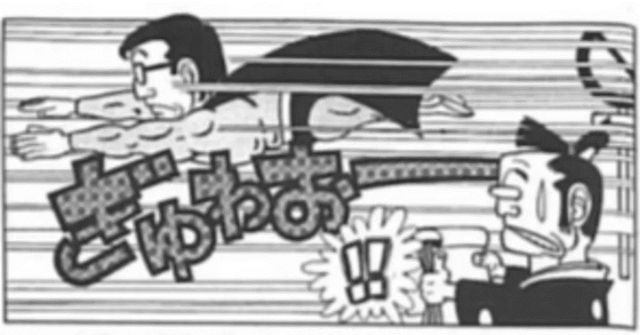 Here’s "Awawa-world," Toriyama’s first submission, which he began drawing on his 22nd birthday. It flopped—didn’t even snag an honorable mention.
Here’s "Awawa-world," Toriyama’s first submission, which he began drawing on his 22nd birthday. It flopped—didn’t even snag an honorable mention.Torishima, a driven editor, saw Toriyama’s raw talent and pushed him toward Shonen Jump. After a year of rejections, Toriyama honed his knack for visual comedy, dialogue be damned.

Oh, and 1980 was peak comedy duo fever in Japan — think “Two Beat,” the hottest act around. That vibe seeped into the debut of "Dr. Slump."

Testing the Android on the Streets
The doctor takes his creation to his favorite coffee shop. Watch this triangle of glances:
He smirks, like, “Can you tell she’s an android? Heh.”

The waitress, chummy with him, buys his “she’s my sister” line, then blunders, “You don’t look alike at all! Good for you, sweetie,” chatting up Arale directly.


If the opening pages are a playful exchange like a catch...


This is a laugh built from a relay of interactions.


Android girl's Roman holiday
Passing the “human test,” the bespectacled princess tiptoes out the door…

… then bolts in a zigzag sprint —

SCREEEECH! WHAM!

What’s Toriyama driving at in this final panel? After Arale makes her "human" debut, just as things seem to settle down, a crash reveals that she’s not actually an ordinary girl.

Yes, in this final panel, the author wanted to make it clear: In the end, it was a failure — Senbei, you fool, fool! Ha ha ha ha ha!
Toriyama’s Plan, Torishima’s Pushback
Check that “…” — he’s thinking, “I almost pulled it off, but she’s busted as an android. Classic Dr. Slump.”

To Toriyama, Arale was a prop to spotlight the doctor’s genius and folly — a one-episode wonder. But Torishima saw star potential. After approving the manuscript, Toriyama sketched episode two’s draft — sans Arale.
Torishima rang him up: “Hey, that girl from episode one? She’s gold. Why’s she gone? Make her the lead!”
Torishima had just saved a flagging Jump series by adding a female cop modeled on a pop idol — ratings soared, and his instincts were on fire. For Toriyama, Arale was a throwaway gag to prop up “Dr. Slump,” meant to exit after her big reveal.

No overt “android” hint here, but Toriyama wanted the waitress to clock her as the doctor’s oddball invention. Torishima? He saw “super girl with glasses — our Clark Kent!”
Torishima's Brilliant Suggestion
Trace the gaze across this page:

Clockwise flow…

Circling…

Landing back on her.

Torishima caught this visual loop and pounced: “She’s the star!”

“Toriyama, make her the lead!”

Toriyama was floored. That confusion shines in the cover art post-approval.

Clockwise vectors again!

After that final panel…

…Torishima’s push left him reeling, and it shows in the cover.

Still, the title stayed ”Dr. Slump.” Toriyama dug in: “It’s about the doctor’s slump!” The result? A quirky setup where a goofy genius builds a carefree robot girl who upends everything.
Who’s the Real Star?
The wind-up key on Arale’s back—seen in episode one’s title page (right)—pops up again in episode two (left). [Note: Both debuted together in a Jump double issue, due to a smitten deputy editor.]

A wind-up toy needs winding. Right: Did the mustached man crank her up? Maybe she wound up the trio below left.
Her head breaks the grid — she’s poised to rule this world…


… or so it seems. Not so fast! In Jump’s February 1980 double issue, “Dr. Slump” hugs her head’s curve — Toriyama’s plan all along.
 From Weekly Shonen Jump February 1980 Double Issue (No. 5 & 6)
From Weekly Shonen Jump February 1980 Double Issue (No. 5 & 6)With some clever tricks, Toriyama slyly suggests the real star is Senbei, the doctor. “Dr. Slump” rides the back of Arale’s head as she eyes him.

Check the final panel on the last page —

— a flipped take on episode one’s closer.

See it? To Toriyama, it’s the killer punchline: “Dr. Slump, duh! Ha ha ha!” No question — Senbei’s his true lead.
Toriyama’s Magic Touch
Episode three doubles down.

Once “Dr. Slump” is slapped on the title page…

…he's the lead.

Besides, the final panel locks all eyes on the doc: “Yep, that’s our Dr. Slump!”

It’s a tug-of-war: Torishima bets on Arale, the quirky glasses girl, while Toriyama crowns Senbei, the mustached doc, as his true star.
Arale’s Fuel Runs Dry in Four and A Half Years
You’d expect some grand theme — “Genius builds dream girl!” or “Science marches on!” — but the Toriyama-Torishima clash axed all that. “Dr. Slump” didn’t lean on logic — it ran on comedy juice, fueled by charming characters and Toriyama’s one-of-a-kind artistic mojo.
The series tore through the early 1980s, rocketing Toriyama to stardom — and burning him out. By April 1981, the “Dr. Slump” anime crushed the “Astro Boy” color reboot in ratings, leaving Osamu Tezuka stunned. Arale merch swamped Japan’s streets.
But weekly gags wore Toriyama thin. Jump’s editor-in-chief laid it out: “End it, fine — but start something hotter in three months.” So, after four and a half years, he capped “Dr. Slump”’s weekly run.
Jackie Chan Sparks a Comeback
Back then, Toriyama was hooked on Jackie Chan’s kung fu flicks, watching (or just listening) on VHS while grinding out “Dr. Slump.” Torishima, tipped off by Toriyama’s wife, pitched a kung fu kid action tale. Toriyama ran with it, dropping a two-parter in Jump’s special that blew up.
 “Dragon Boy” Part 1 Title Page (1983) A Jackie Chan-esque kid kicks off an epic trek to drag a bratty princess home.
“Dragon Boy” Part 1 Title Page (1983) A Jackie Chan-esque kid kicks off an epic trek to drag a bratty princess home.Riding the hype, Torishima pitched a full series — enter “Dragon Ball.”
After a sluggish start in 1984, it pivoted from adventure vibes to a brawl fest — new, tougher bad guys crashing in post-victory, a setup cribbed from Tezuka’s “Astro Boy.” That switch locked “Dragon Ball” as Jump’s top dog.
Too Hot to Quit
So, Toriyama was stuck with Dragon Ball. Despite his laid-back nature and perseverance, the long-running series wore him down. By 1995 — at 40 — he finally got the green light to end it, after years of fatigue. Jump’s editors, Shueisha (the publisher), Bandai (the merch juggernaut), and Toei Animation (the anime powerhouse) weren’t eager to let go, but they grudgingly agreed. After that, he mostly stepped away from manga.
 The final page of Dragon Ball’s last chapter, published in Weekly Shonen Jump Issue #25 (1995).
The final page of Dragon Ball’s last chapter, published in Weekly Shonen Jump Issue #25 (1995).March 2024 brought news of his passing from his office. Torishima — now an ex-Shueisha exec and retired CEO — bared his grief, kicking himself for not stepping in during the grind of “Dragon Ball.”
April 5, 1955 - March 1, 2024
A year later, Japan aired the finale of Dragon Ball DAIMA, one day shy of the first anniversary of Toriyama's death. Once burnt out and meh on the franchise’s anime, Toriyama jumped into planning this one — his swan song, kinda.
Torishima, who retired one year before the passing of the most brilliant and talented manga artist he nurtured, made the following statement on a radio program dedicated to honoring Toriyama:
"Don’t be sad, and don’t forget him. What you do with what you’ve received from him is up to you. If you have time to shed tears, use it to break a sweat!"
Toriyama-sensei, you’re unforgettable.
KUMI Kaoru is a multilingual translator and writer based in Japan. Known for Japanese translations of works such as “Drawing the Line: The Untold Story of the Animation Unions from Bosko to Bart Simpson” by Tom Sito (University Press of Kentucky, 2006) and “Superman: The High-Flying History of America's Most Enduring Hero” by Larry Tye, Kumi brings a wide-ranging curiosity to topics including music, animation, mathematics, and physics.



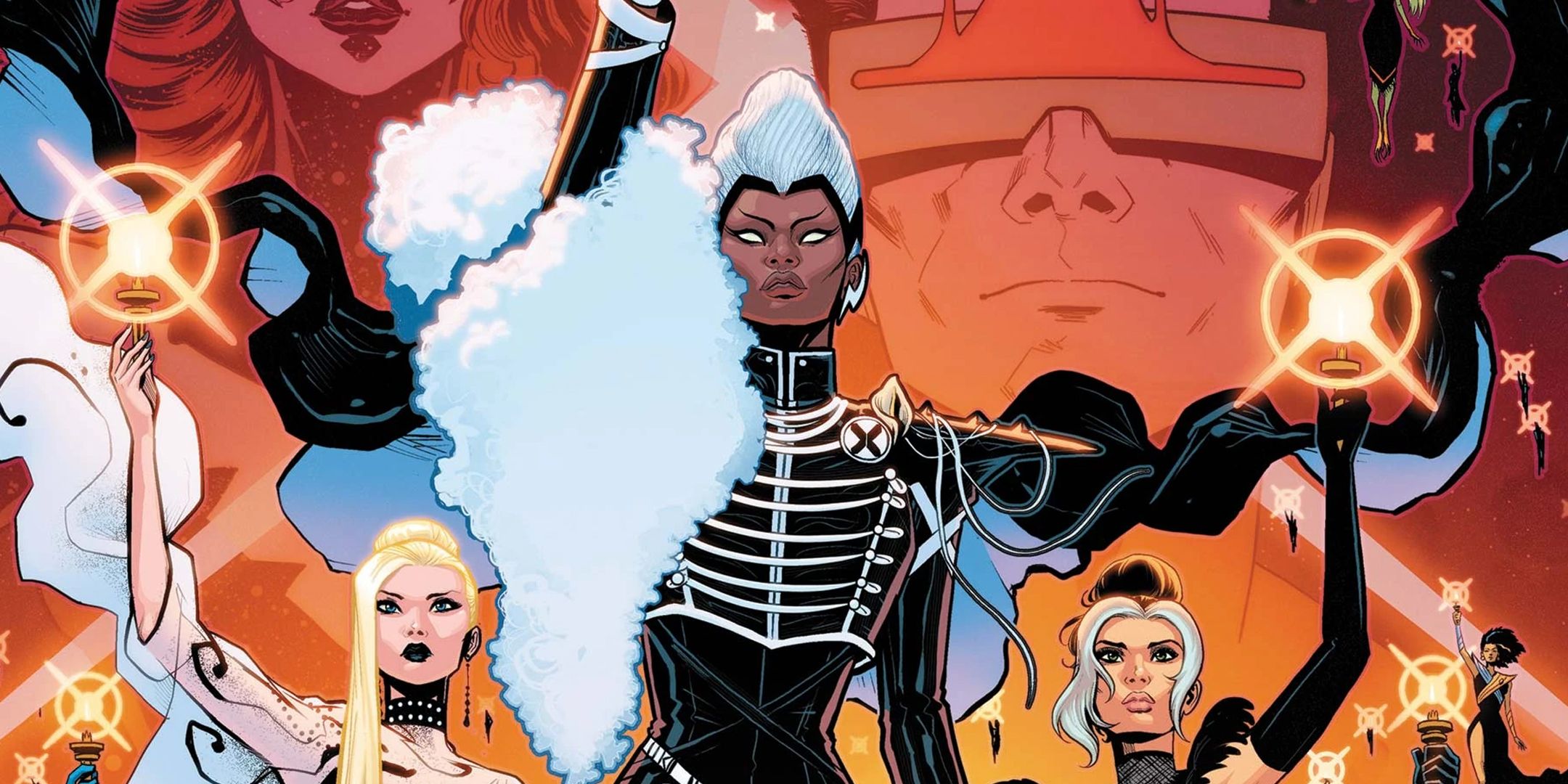
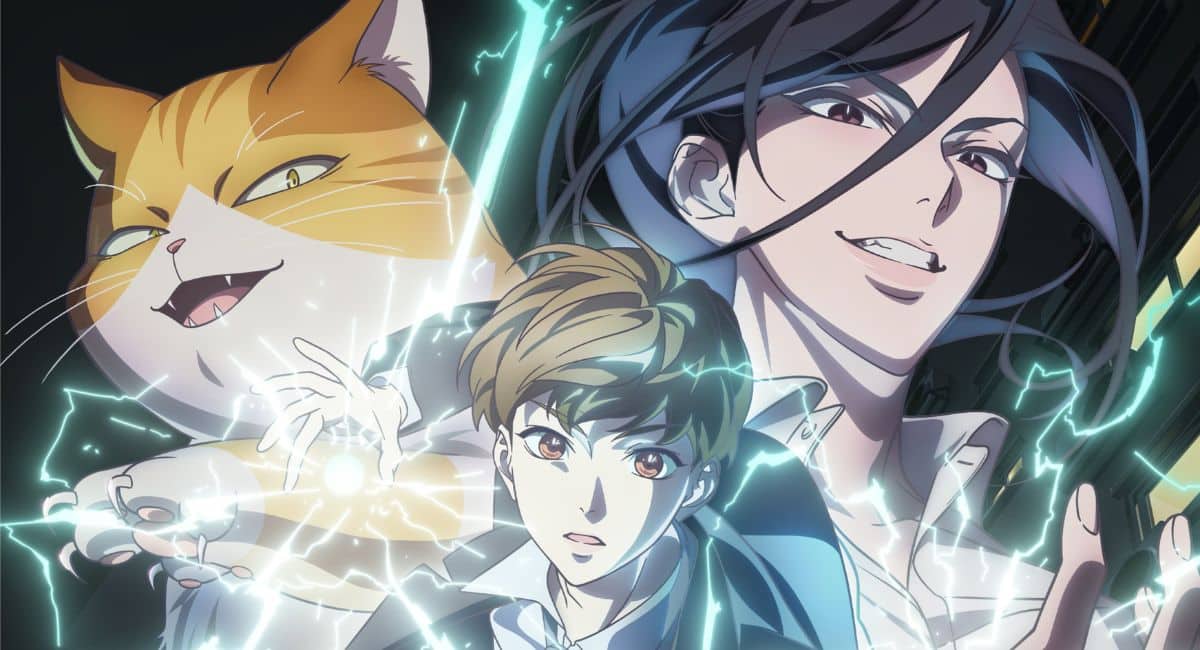










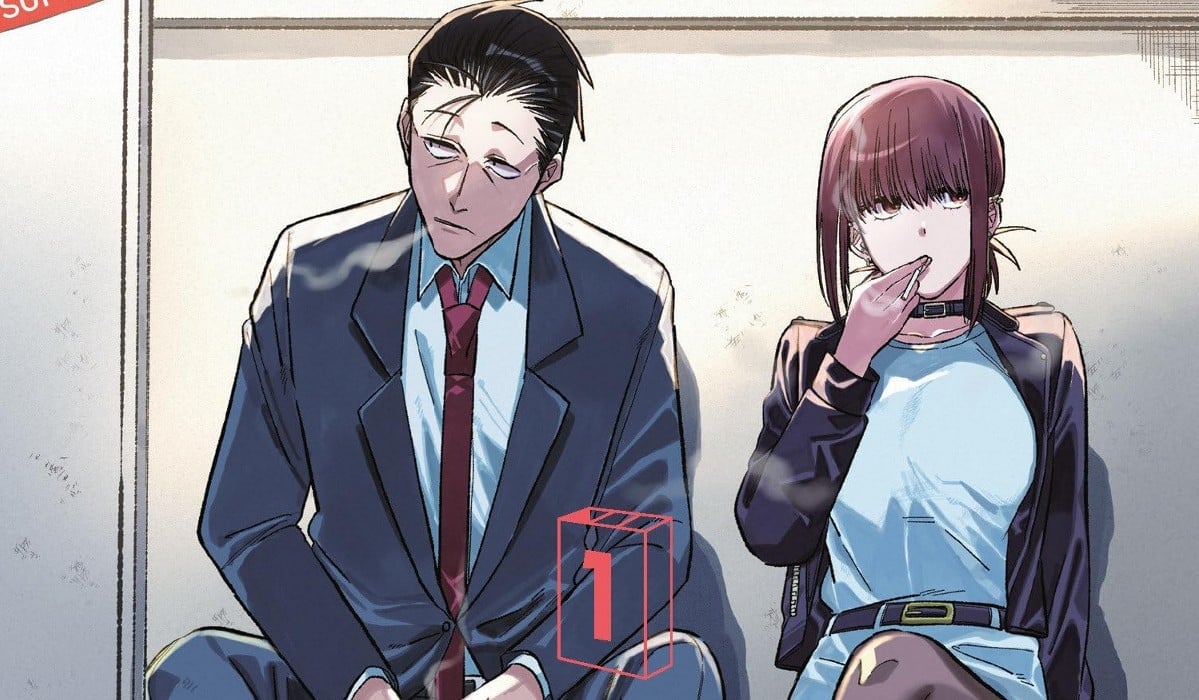
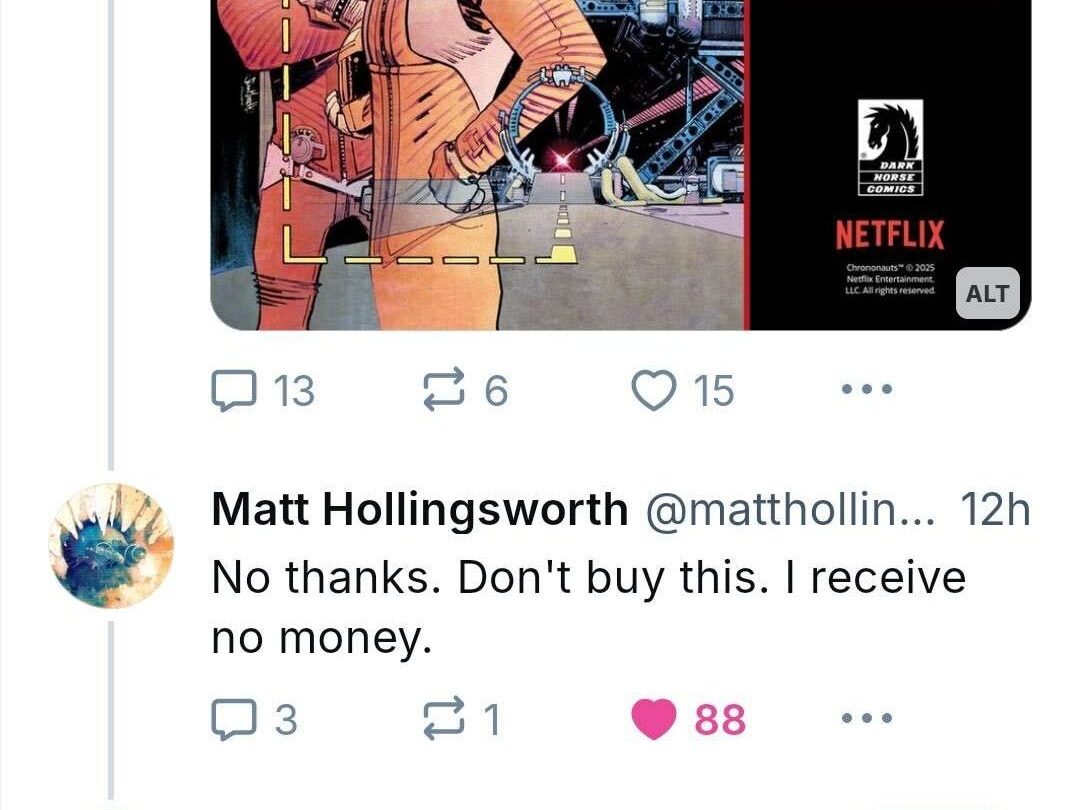


 English (US) ·
English (US) ·